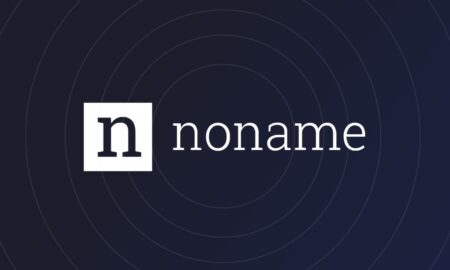Akamai’s Generalized Edge Compute (Gecko) initiative brings new cloud computing capabilities to the edge network.
Gecko is designed to deploy generalized computing power on Akamai’s global edge network. It should move heavier workloads, normally confined to centralized data centres, to the edge of Akamai’s network. “This will make full-stack computing available to hundreds of previously hard-to-reach locations, allowing customers to bring workloads closer to their users,” the company said.
Different phases
Gecko has three phases to make computing available in hard-to-reach locations. The first phase is to implement compute power with support for virtual machines in 100 cities by the end of this year. Akamai has already rolled out new regions with Gecko architecture in Hong Kong, Kuala Lumpur, the Mexican city of Querétaro and Johannesburg. It has also reached cities without a concentrated presence of hyperscales, including Colombia’s Bogotá, Denver, Houston, Hamburg and Marseilles. A tenth Gecko region is scheduled to open in Santiago, Chile, at the end of the first quarter.
In addition to the ten new Gecko locations and the existing 25 Core Compute regions, Akamai plans to add hundreds of cities to its global footprint in the coming years.
Later this year, the second phase of the Gecko project will begin. Then Akamai wants to add containers. This part of Gecko is expected to start later this year. The third phase is about adding automated workload orchestration, making it easier for developers to build site applications. Unknown is when this final phase will start.
Tip: Akamai tackles dangerous scraper bots with Content Protector

















